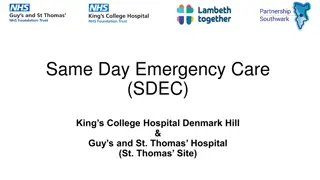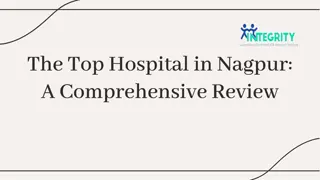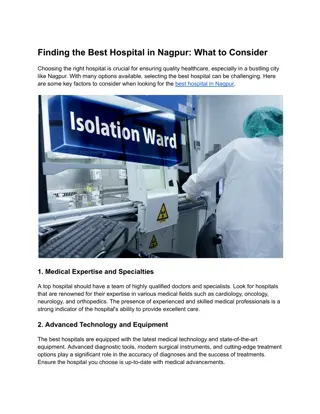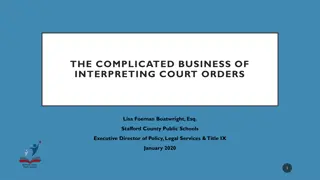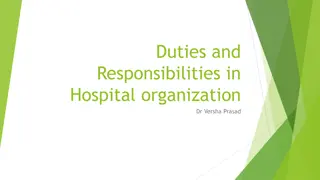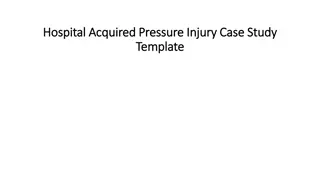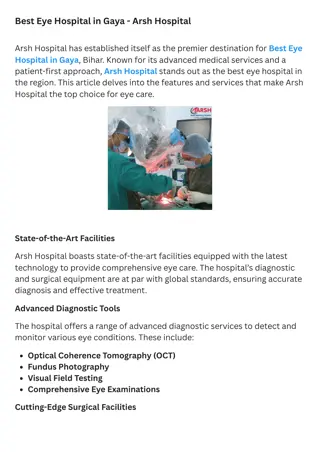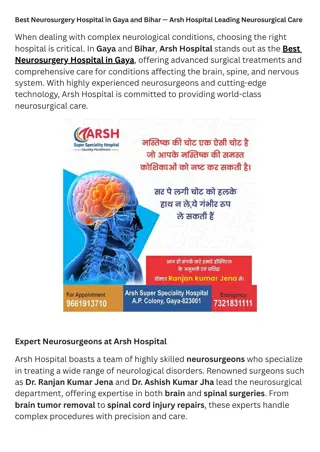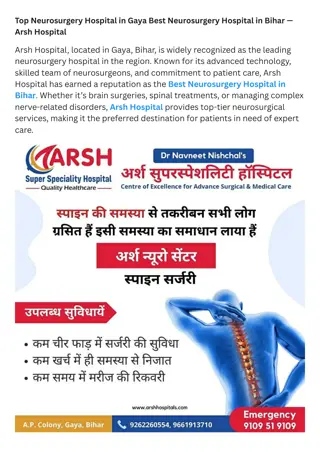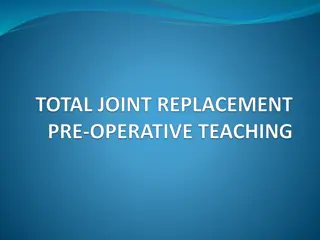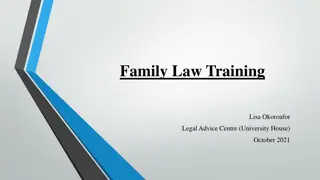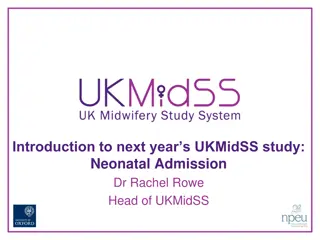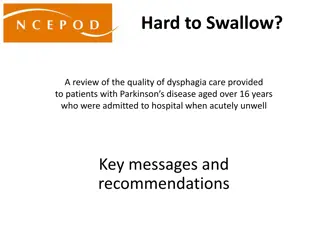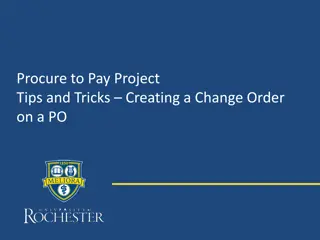Understanding Hospital Admission Orders and Levels of Care
Hospitals must review admission appropriateness as per CMS guidelines to receive payments. Physician certification of medical necessity and admission orders are crucial for hospital payments. Patients are admitted to hospitals based on observation or inpatient status, following the 2 Midnight Rule. Exceptions to the rule exist for certain medical and surgical cases. Knowing these rules and exceptions is essential in determining the initial level of care for patients.
Download Presentation

Please find below an Image/Link to download the presentation.
The content on the website is provided AS IS for your information and personal use only. It may not be sold, licensed, or shared on other websites without obtaining consent from the author. Download presentation by click this link. If you encounter any issues during the download, it is possible that the publisher has removed the file from their server.
E N D





